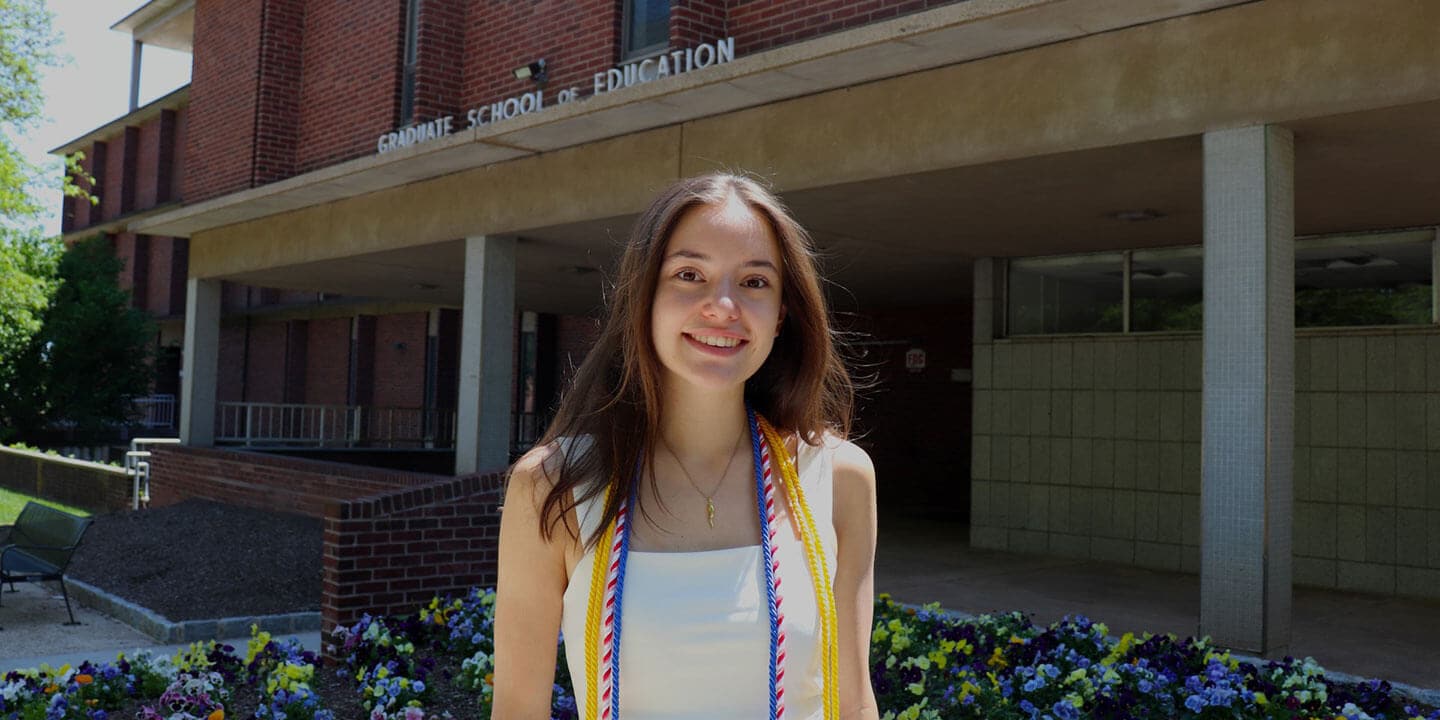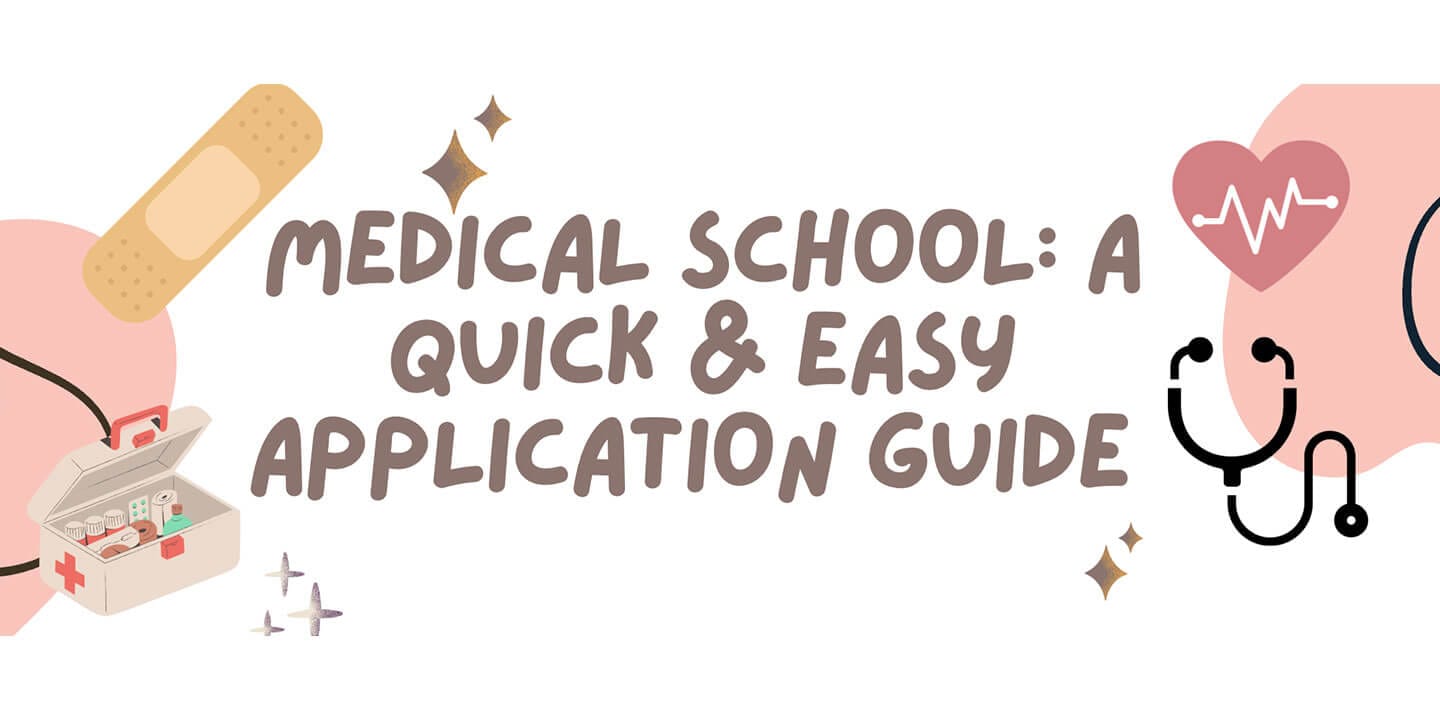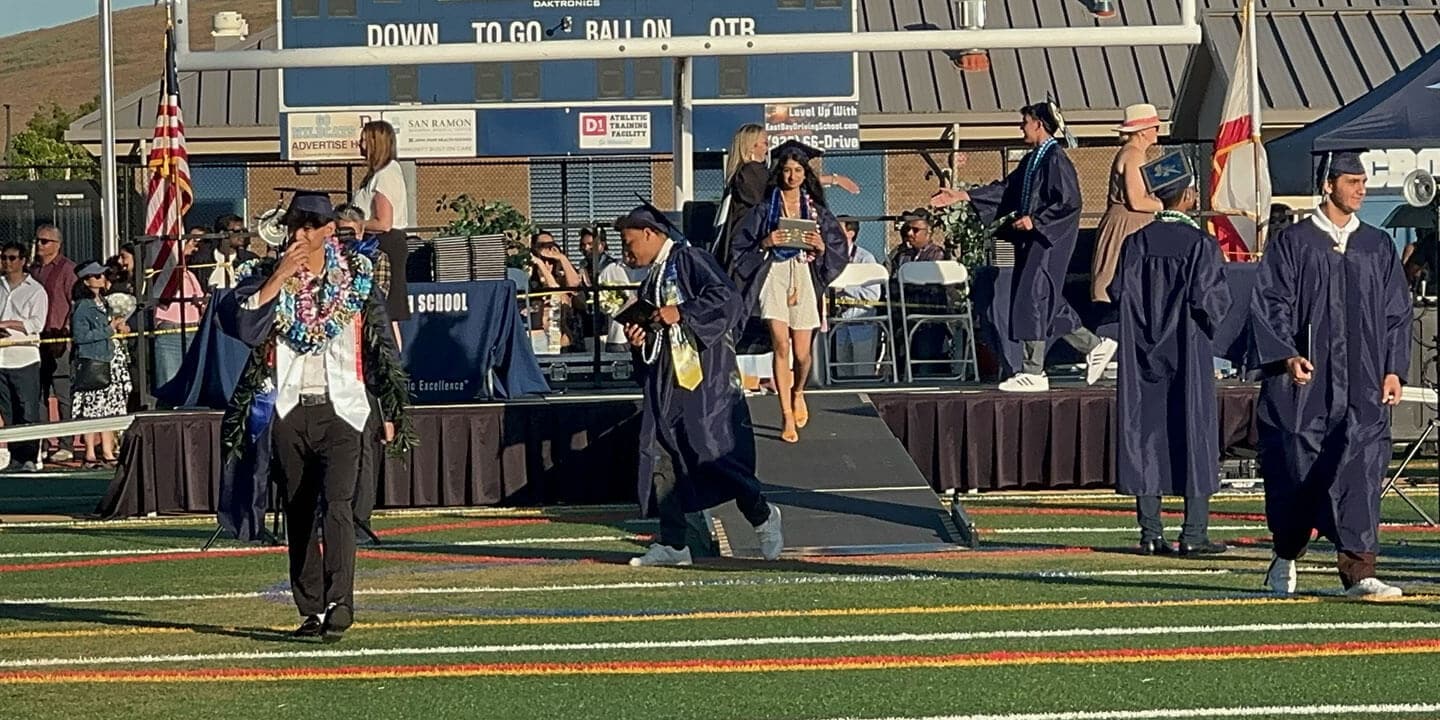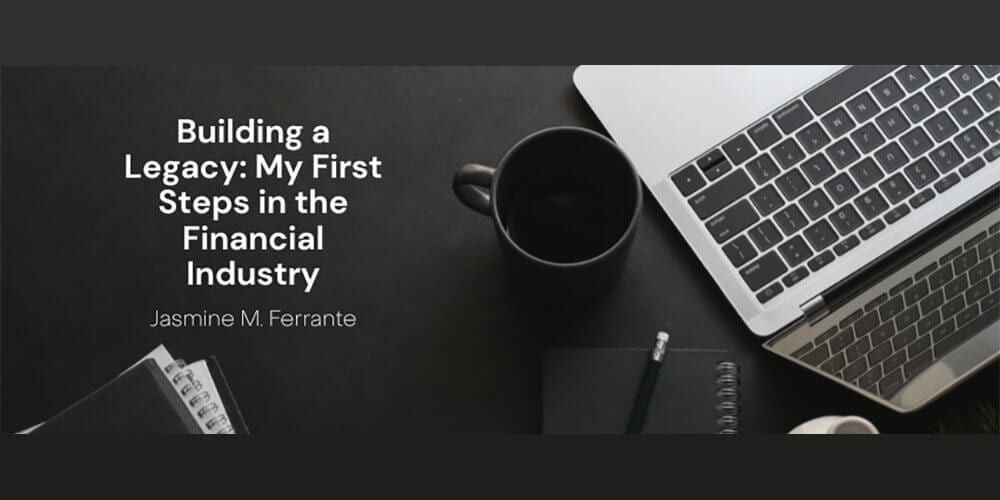
Education Beyond Limitations
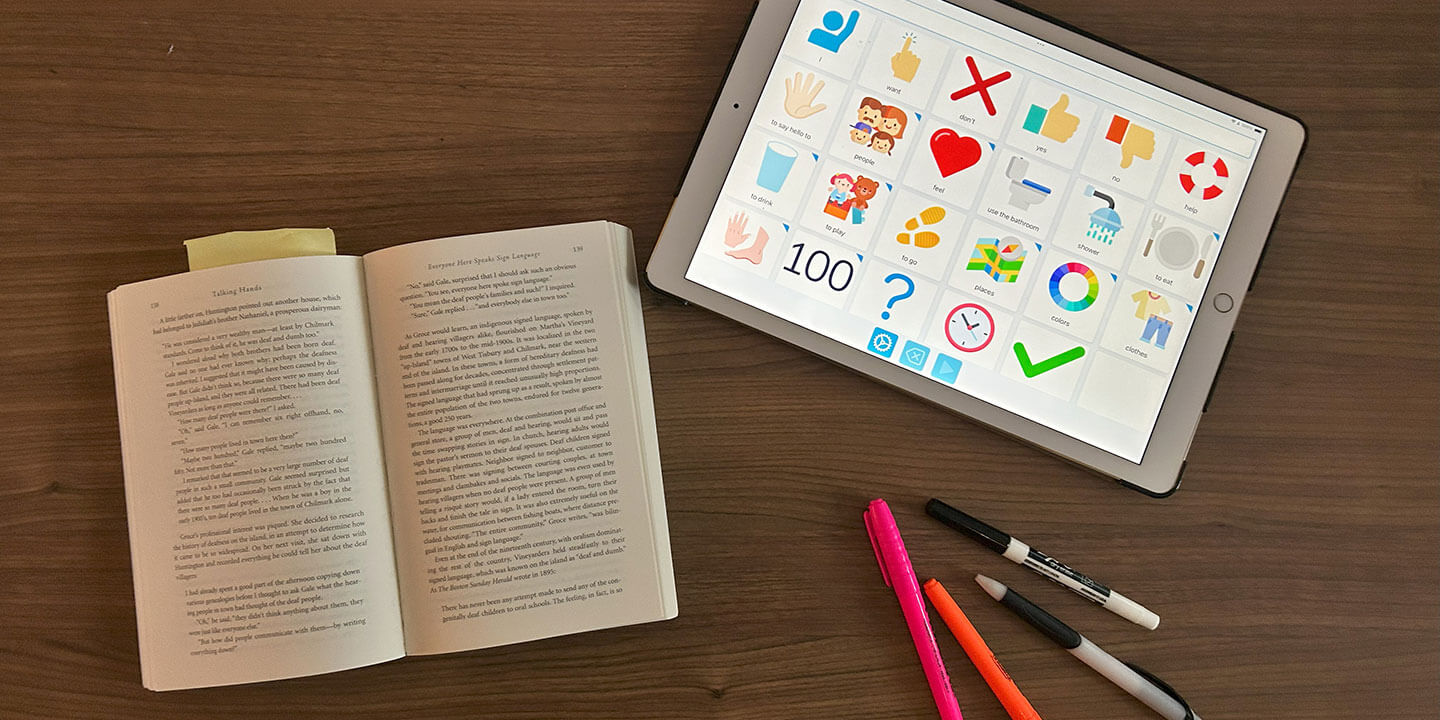
Communication is the foundation of education; furthermore, it is the foundation of society. How many times a day do you ask a question? How about asking a friend to study? Or even something more critical like discussing a grade with a professor? As college students, we use our voices relentlessly, whether in social, academic, or professional settings. Professors communicate their well-known knowledge to eager students ready to jump-start their careers. However, it may not be that simple for every student. Many students face language barriers that create challenges both in and out of the classroom. Whether due to disabilities, language differences, or communication disorders, students who struggle to communicate miss critical opportunities. Thankfully, accessibility services help students work around these barriers and access education.
Before studying language and communication in my undergraduate courses, I thought accessibility meant extra time on exams or wheelchair ramps. However, accessibility is much broader. Communication tools like augmentative or alternative communication (AAC) devices, interpreters, and assistive technology, support students with visual, auditory, mobility, or cognitive challenges. Recognizing the privilege of effortless communication is essential.
Communication accessibility is a crucial support in education. Millions of individuals, from young children to those in higher education, face communication challenges. Despite these difficulties, accessibility services provide essential support. One of the most valuable systems is AAC. These tools range from low-tech communication boards to high-tech speech-generating devices. Communication is not limited to spoken words—it includes a variety of methods. AAC devices allow individuals to express their thoughts, engage in classrooms, and interact with peers and educators. For students with conditions such as Autism, Cerebral Palsy, or aphasia, AACs provide alternative communication where traditional speech may be difficult. Implementing these devices in schools fosters inclusivity and supports education.
Beyond AAC devices, many other accessibility services assist learners. Interpreters are vital in education, helping students who speak different languages or use sign language. Learning about the Deaf community and its history has deepened my understanding of accessibility. Deaf students were once forced to use oral methods despite the challenges, limiting their educational opportunities. The focus was on assimilation rather than individual development. This issue extends beyond Deaf history to broader societal attitudes toward disabilities. Recognizing andadvocating for accessibility services in education is essential.
Additional assistive tools benefit students with physical and cognitive disabilities. Screen readers and text-to-speech software support visually impaired students, while Braille materials and tactile graphics provide crucial access to information. Adaptive keyboards assist individuals with mobility impairments, and wheelchair-accessible classrooms ensure physical accessibility. While these services exist, more advocacy is needed to raise awareness and ensure implementation. Despite progress, challenges remain in educational accessibility. A lack of awareness and understanding hinders the expansion of essential services.
Accessibility is not a want—it is a necessity. Breaking down barriers in education requires more than technology; it requires a cultural shift toward inclusion. Supportive services create environments where all students can succeed. As students, we must advocate for our peers and promote accessibility in education. By making education more inclusive, we empower students to become active learners and achievers.
Do you have a compelling story or student success tips you’d like to see published on the Pearson Students blog? If you are a college student and interested in writing for us – click here to pitch your idea and get started!

